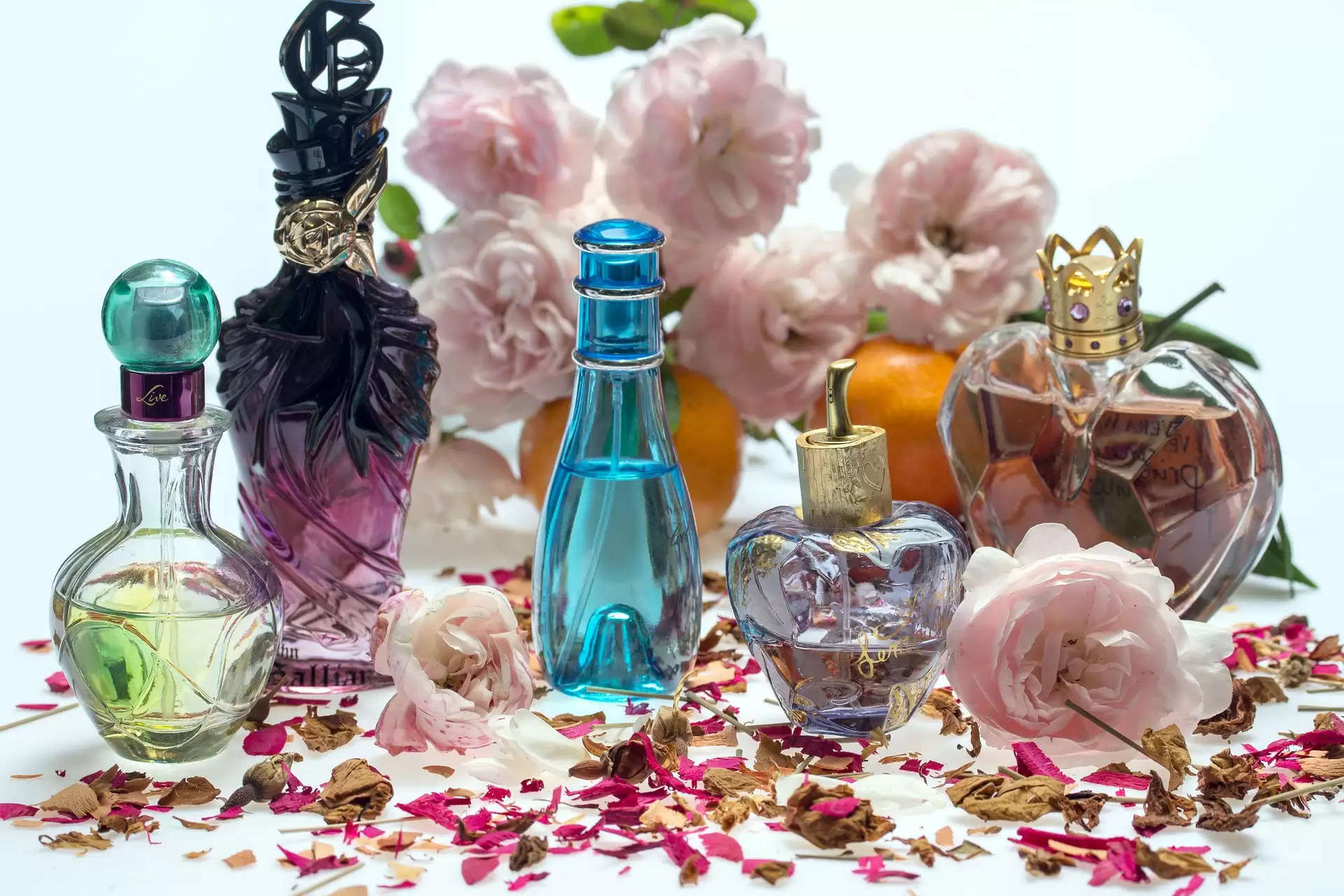Decoding Fragrance Longevity

Perfumes and colognes are more than just scented liquids; they are olfactory signatures, encapsulating memories, moods, and identities. Yet, nestled on bathroom shelves or vanity tables, they can linger for years, raising the inevitable question: Does perfume or cologne ever go bad?
The answer, like the fragrances themselves, is nuanced. Perfumes and colognes are concoctions of delicate aromatic compounds, often including essential oils, alcohols, and fixatives. These ingredients interact in intricate ways, contributing to the fragrance's unique character and longevity. However, despite their complexity, these scents are not immortal.
The shelf life of a perfume or cologne hinges on various factors, including formulation, storage conditions, and exposure to light, heat, and air. Most fragrances come with a recommended period for optimal use, typically ranging from one to three years. Beyond this timeframe, the scent may start to deteriorate, losing its vibrancy and balance.
One primary culprit behind fragrance degradation is oxidation. Exposure to air can lead to the breakdown of aromatic compounds, altering the scent profile and causing it to turn stale or sour.
This process is accelerated by factors like frequent opening of the bottle or storing it in a warm, humid environment. Over time, the once-enticing fragrance may morph into a shadow of its former self.
Another adversary is light, especially ultraviolet (UV) radiation. Like a relentless foe, UV rays penetrate the bottle, destabilizing the delicate molecules within. This can result in discoloration, evaporation of volatile components, and ultimately, a diminished olfactory experience. To shield fragrances from this onslaught, opaque or tinted bottles offer a semblance of protection, prolonging their shelf life.
Temperature fluctuations also play a pivotal role in fragrance preservation. Extreme heat can cause the volatile compounds to evaporate rapidly, altering the scent's balance and intensity. Conversely, freezing temperatures may disrupt the molecular structure, leading to irreparable damage.
Thus, storing perfumes and colognes in a cool, dark place, away from direct sunlight and temperature extremes, is paramount to their longevity.
While these factors contribute to the gradual deterioration of fragrances, it's essential to distinguish between expiration and degradation. Unlike perishable goods, perfumes and colognes don't spoil in the traditional sense; instead, they undergo subtle changes over time. While an expired fragrance may still be safe to use, its potency and character may have diminished significantly.
However, there are telltale signs that indicate a fragrance has surpassed its prime. Discoloration, cloudiness, or sedimentation in the liquid are red flags of decomposition. Likewise, a noticeable shift in scent, such as a rancid or musty odor, signals the demise of the fragrance's integrity. In such cases, it's best to bid adieu to the bottle and embrace the possibility of new olfactory adventures.
In conclusion, while perfumes and colognes may not have a concrete expiration date, they are not immune to the passage of time. Like fine wines, their quality can wane with age, influenced by environmental factors and handling.
To prolong their lifespan, proper storage and periodic assessment are crucial. Ultimately, while a fragrance may fade, the memories it evokes endure, weaving a fragrant tapestry of moments cherished and scents savored.
.jpg)
